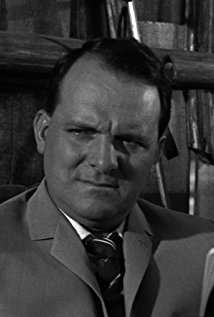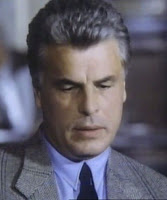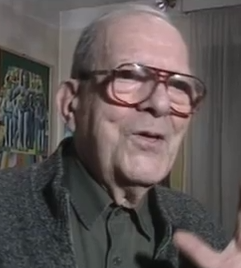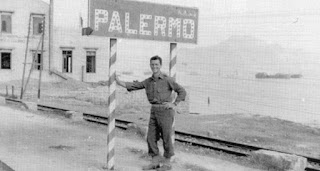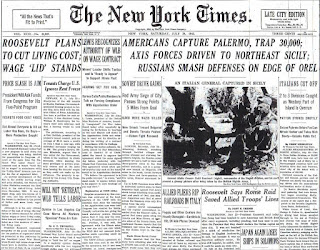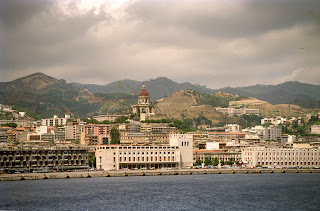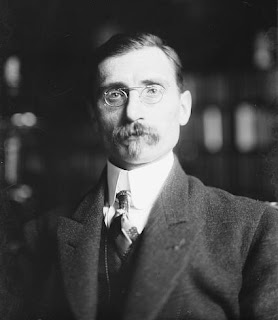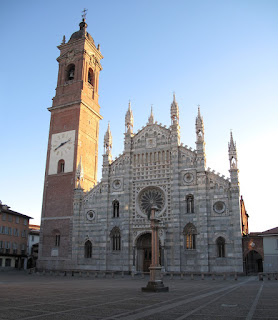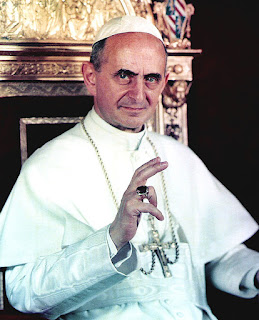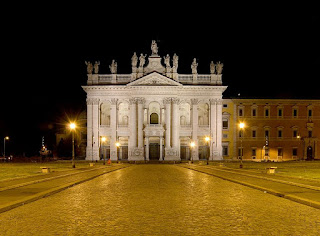Austro-Italian famous for Venetian beauties
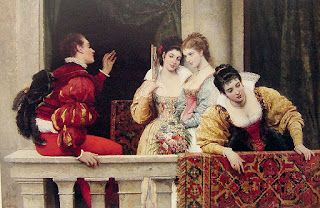 |
| Beautiful young women and handsome suitors would often feature in De Blaas's work, as with On the Balcony (1877) |
Sometimes known as Eugenio Blaas, or Eugene von Blaas, he was of Austrian parentage. His father, Karl, also a painter, was a teacher at the Accademia di Belle Arti (Academy of Fine Arts) in Rome. His brother, Julius, likewise born in Albano, was also a painter.
In 1856, the family moved to Venice after his father was offered a similar position at the Venetian Academy. At that time, Venice attracted artists from all over Europe and the young De Blaas grew up in a social circle that was largely populated by painters and poets.
Like his father, he became interested in the school known as Academic Classicism, a style which seeks to adhere to the principles of Romanticism and Neoclassicism. He exhibited at the Venice Academy when he was only 17 years old.
 |
| The Water Carrier (1908), celebrating the beauty of ordinary Venetian girls |
Over time he produced paintings and watercolours of Venetian landscapes, catering for the needs of visitors who in the traditions of the Grand Tour wished to take home with them a pictorial souvenir of the beauty of the city.
But it was when, responding to the demand for pictures with human interest, that he began to introduce figures into his scenes that he began to develop the speciality with which he would be identified.
He painted gondoliers and fishermen, but eventually the dominant figures in most of his paintings were Venetian women, not only those from aristocratic, moneyed backgrounds but those he saw around him, going about their daily lives.
He had a keen eye for movement and expression and his scenes were lifelike down to precise detail. He often painted groups of women talking among themselves or being coy or flirtatious with male suitors and he would enhance the beauty of his female figures in a somewhat idealised way. It is said that he used his wife, Paola Prina, whom he married in 1870, as the model for many of them.
Set against the pale, sun-bleached stone of authentic Venetian backgrounds, his paintings had a charm that appealed to buyers not only in Venice but in time in other parts of Europe and particularly in England, where many examples are exhibited in museums and art galleries.
 |
| De Blaas's self-portrait |
In addition to his portraits, De Blaas sometimes took on much bigger projects. He painted frescoes, for example, for the Vienna Arsenal.
Like his father, he spent some time teaching at the Accademia di Belle Arti in Venice, where he was an honorary professor from 1884 to 1890. He died in Venice in 1931 at the age of 87.
 |
| The remains of Porta Pretoria in Albano Laziale |
Albano Laziale, often known simply as Albano, is the largest and commercially most important town of the Castelli Romani. With a population of almost 42,000 on the shores of Lake Albano a short distance from Castel Gandolfo, home of the papal summer palace, it has been a bishopric since the fifth century and is the historic principality of the Savelli family. The town has a cathedral basilica, dedicated to St Pancras, and other buildings of interest, including the 13th century Palazzo Savelli and the Palazzo Lercaro, also known as the Bishop’s Palace. The fortification of the old town of Albano was almost completely dismantled at the end of the 18th century for the enlargement of Via Appia, although sections still remain, such as the Porta Pretoria and the Porta San Paolo.
 |
| The former Ospedale degli Incurabili, on Fondamenta Zattere. is the home of the Venice Academy of Fine Arts |
The Accademia di Belle Arti di Venezia was first housed in 1750 in the Fonteghetto della Farina, a flour warehouse and market on the Grand Canal near Piazza San Marco. In 1807, it was moved to premises in the Palladian complex of the Scuola della Carità in the Dorsoduro quarter, which today houses the Gallerie dell’Accademia, where a number of Zuccarelli’s works can be found . The academy itself is now based at the Ospedale degli Incurabili, also in Dorsoduro, looking out over the Giudecca Canal.
More reading:
How Canaletto captured the splendid beauty of 18th century Venice
The engraver who spread Canaletto's fame beyond Italy
How the works of Tintoretto still adorn Venice
Also on this day:
1959: The birth of King Victor Emmanuel I of Sardinia
1921: The birth of tenor Giuseppe di Stefano
Home
